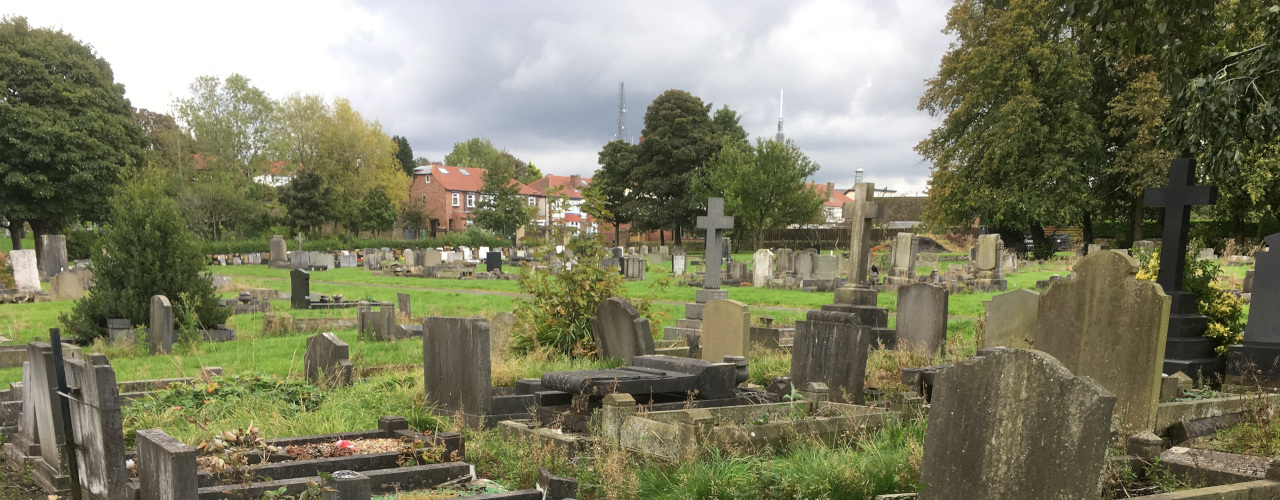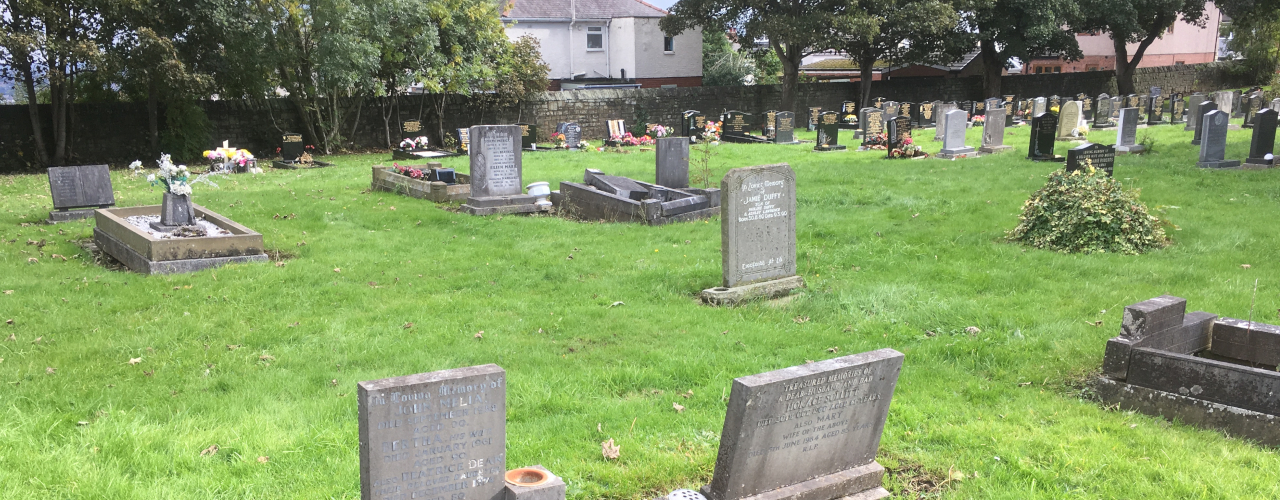Residential Trees (Part 9) - Tree Specification
The 3 main ways trees are provided are as bare-roots, rootballs or in containers.
The pros and cons of each are summarised in the table below:

Initial Planting Size
The initial planted size of trees is an important factor to consider when specifying trees. Trees can be bought at sizes ranging from 40cm whips to 6m+ semi-mature trees, both of which have pros and cons, as summarised below.
Trees planted at smaller sizes:
PROS
- Cheaper
- Quicker to plant
- Quicker to establish
- Not as stressed from transplanting compared to larger trees
- Overall less likely to fail and die
CONS
- Less visual impact initially
- More vulnerable to damage such as vandalism or damage from wildlife
Trees planted at larger sizes:
PROS
- Larger visual impact (semi-mature trees have an instant large impact)
- More resistant to vandalism
CONS
- More expensive
- Takes longer to plant
- Can be slow to establish
- Stunted growth due to transplanting stress
- Overall more likely to fail and die
Generally, the more mature the transplanted tree, the greater the chance of failure, so for a greater long-term impact in the scheme, trees planted at smaller sizes are preferable.
Rather than specifying trees all at small sizes or all at large sizes, it can be good to compromise and specify a combination of both smaller and larger trees. Larger ‘sacrificial’ trees can be specified at focal points for instant impact, with the knowledge that they may fail, and smaller/ more moderately sized trees specified for most of the remaining tree planting for a healthier long-term tree planting.
For the bulk planting of trees, such as for proposed woodlands it is often ideal to be planting at minimal sizes, as instant impact is not as important and to keep costs down.



